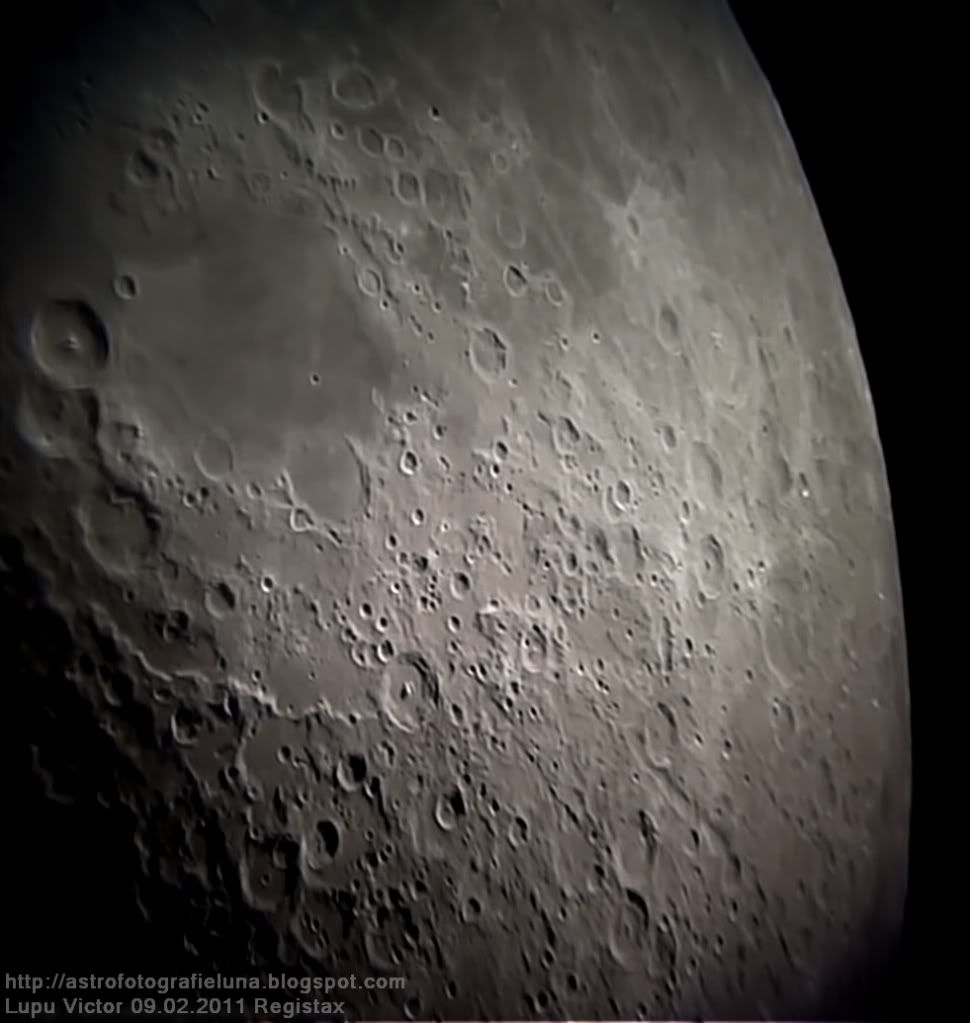Many Moon observations are understood by your telescope installed in your backyard. Compare the large circular seas for example found on the eastern hemisphere of the Moon: Mare Serenitatis, Nectaris, Crisium and Fecunditatis, each being an ancient basin.
Nectaris Basin is the oldest, with an age of 3.72 billion years. Nectaris basin also show clear structure, with two rings of stone most noticeable to the west. The inner ring, the deepest, forms the line "shore" of the basin, while the outer ring is Rupes Altai.
Fracastorius crater offers a fascinating view . The impact that formed it, happened after the impact of large Nectaris basin, but before the flood of lava begins.
Notice for example in the picture below as the northern Nectaris sea wall was melted lava.
Mare Serenitatis is a basin filled with lava, and with multi-rings. Note the different colors of lava. These colors represent different streams with different compositions. The newest lava flows are on the center .
The most visible and largest crater in this video is Langrenus that is located on the Fecunditatis sea.
Video by: Victor Lupu
Optics: Celestron C8"-Newtonian telescope, plossl 20mm
Mount: CG5 (EQ5)
Device: Sony CX105
Total Optical zoom: 50x
Filter: No
Date: 16/07/2011
Location: Baia Mare, Romania
Editing: Video stabilized in Sony Vegas 10
Nectaris basin photo below is made on 9 February 2011, I put it to see the two rings of the impact which produced this sea.
IMAGES AND VIDEOS
About me
(8)
Astronomical Phylosophy
(5)
Astronomy Labels
(1)
Astronomy terms
(5)
Craters-Reinhold and Lansberg
(2)
Craters-Santbech
(5)
DSLR Hyperion pictures
(4)
DSLR astronomy pictures
(4)
DSLR telescope pictures
(21)
Occultations
(5)
Rima Ariadaeus
(4)
Rupes Altai
(10)
The colours of the Moon
(7)
Things about the Moon
(9)
Weird sightings
(8)




 Sunday, November 13, 2011
Sunday, November 13, 2011
 Unknown
Unknown


 Posted in:
Posted in: 


0 comments:
Post a Comment